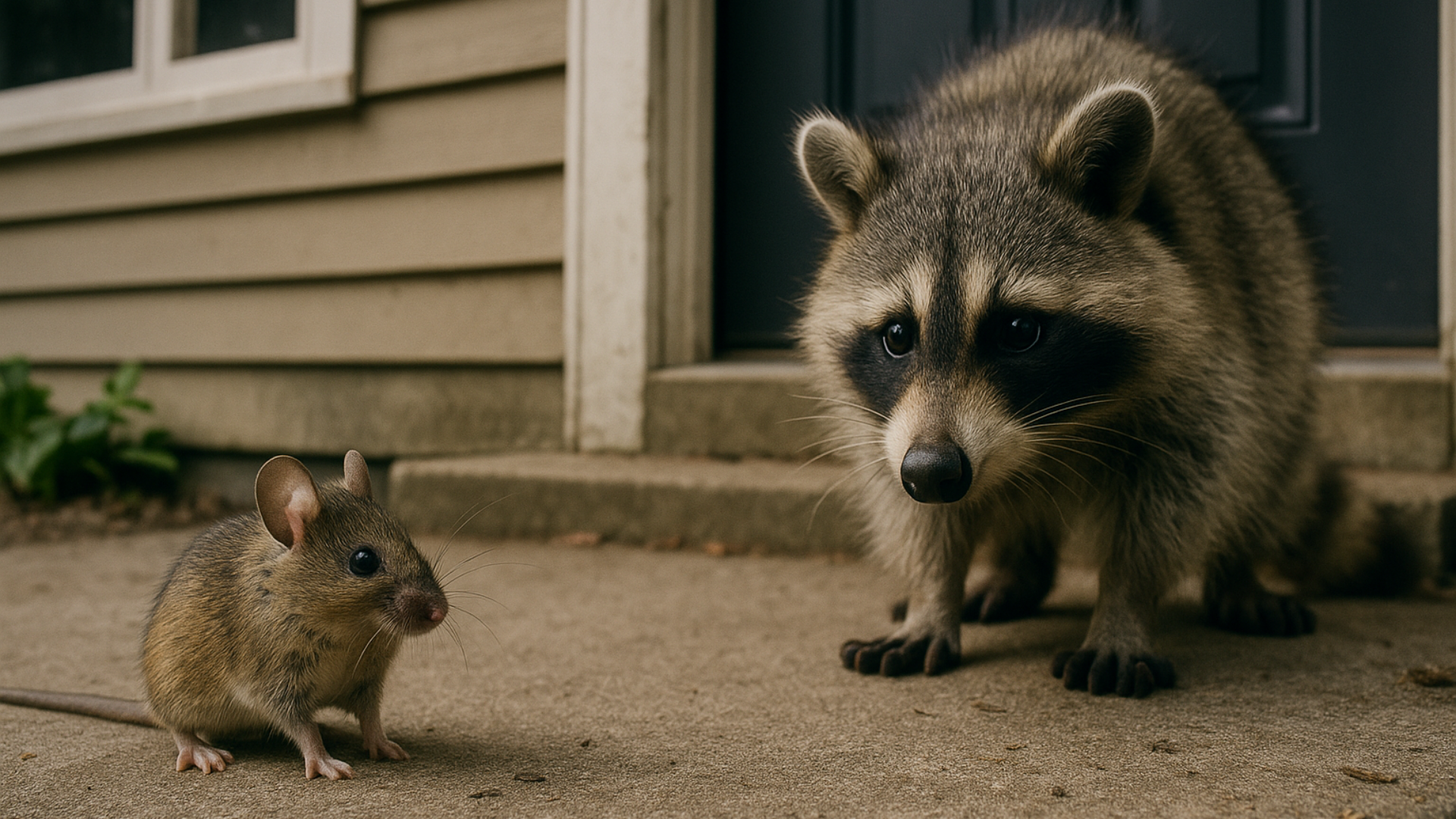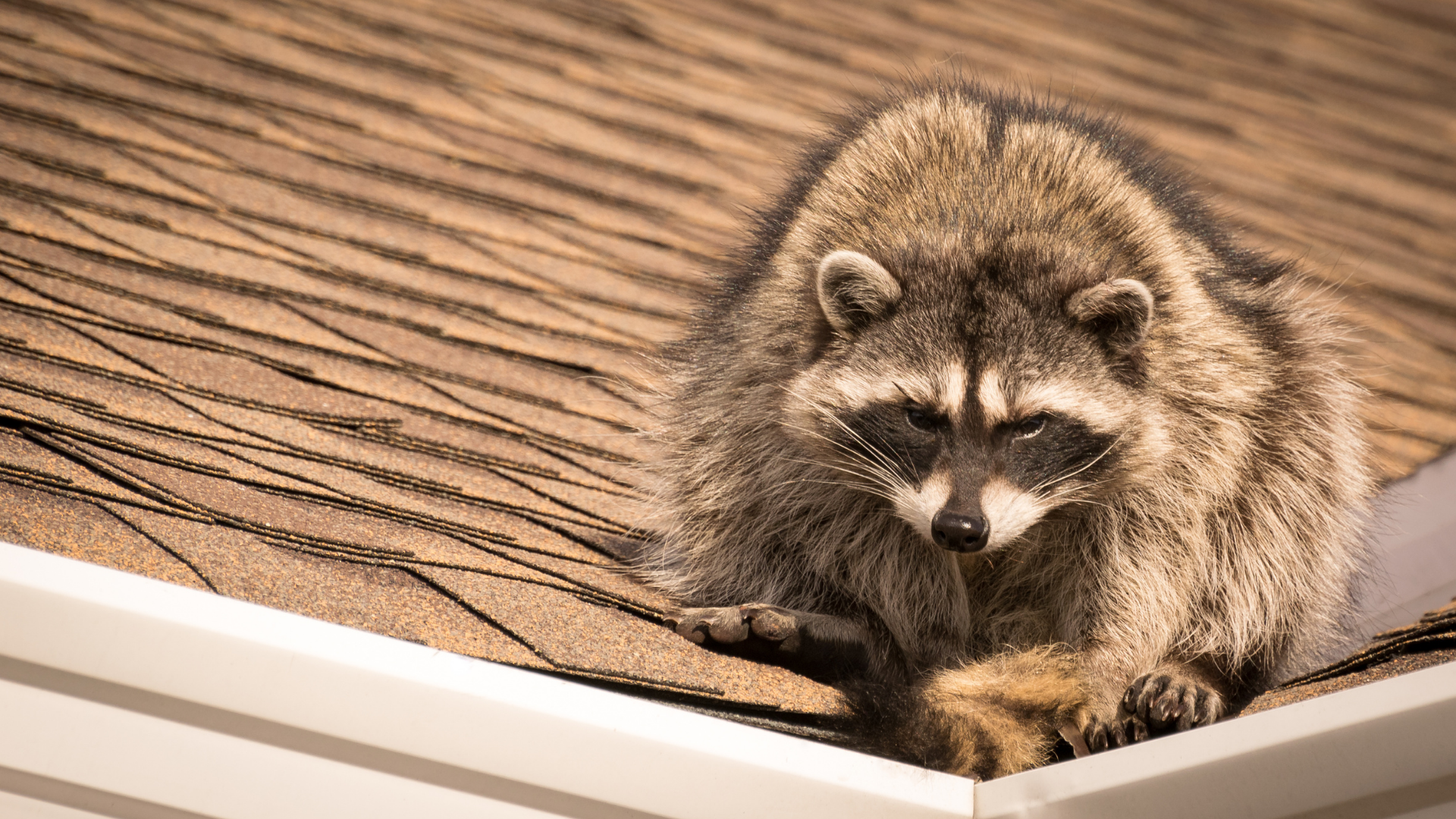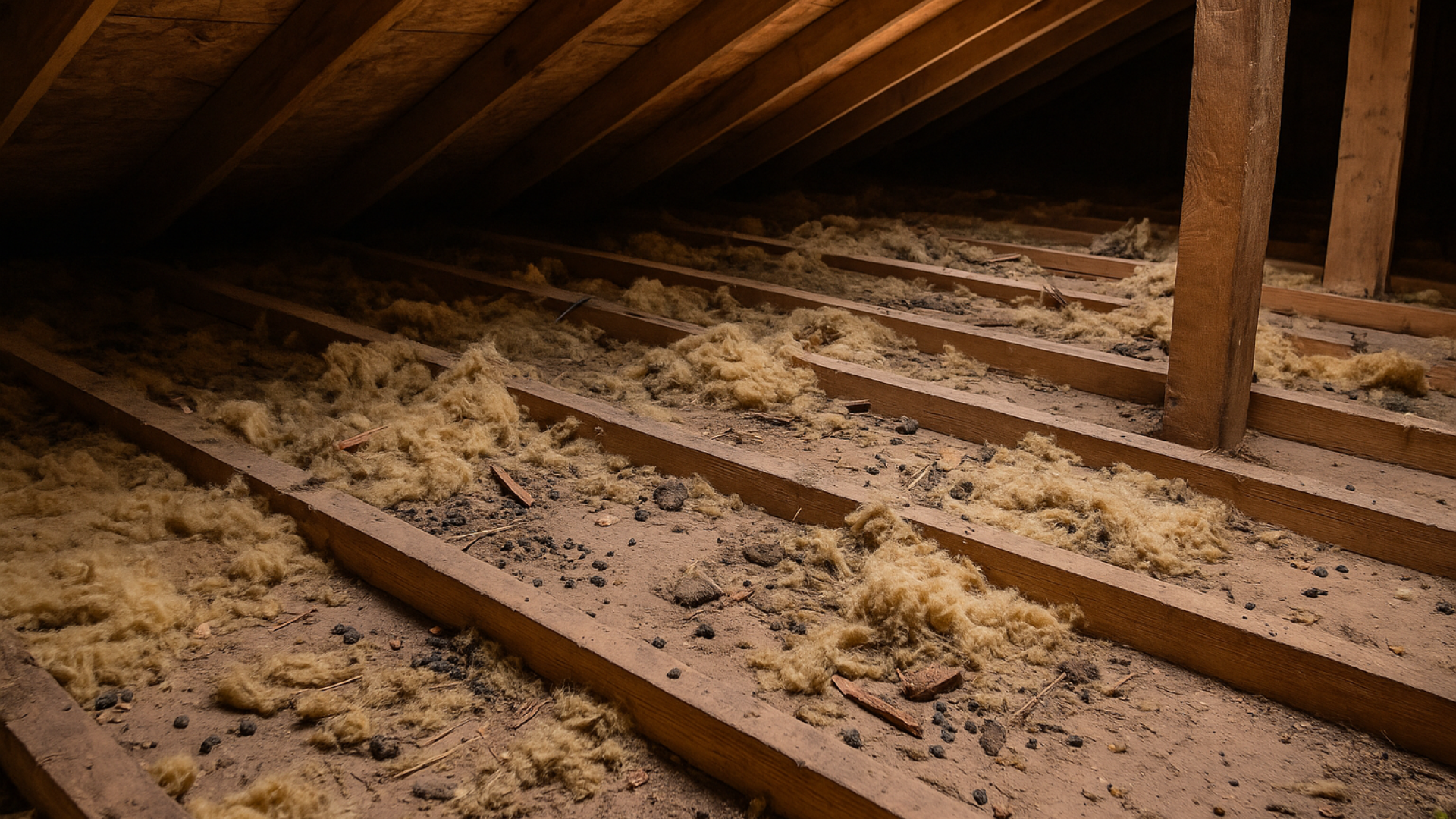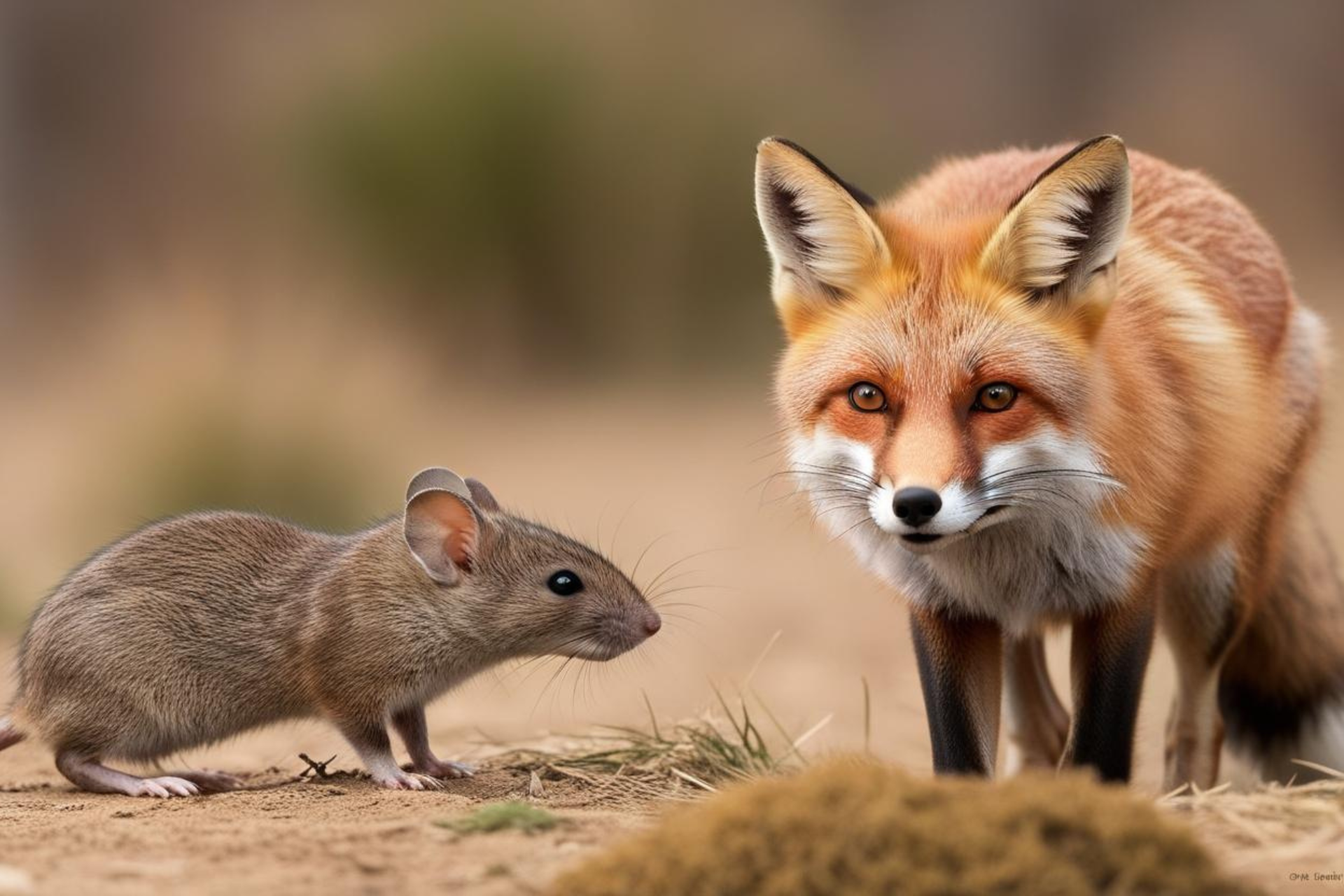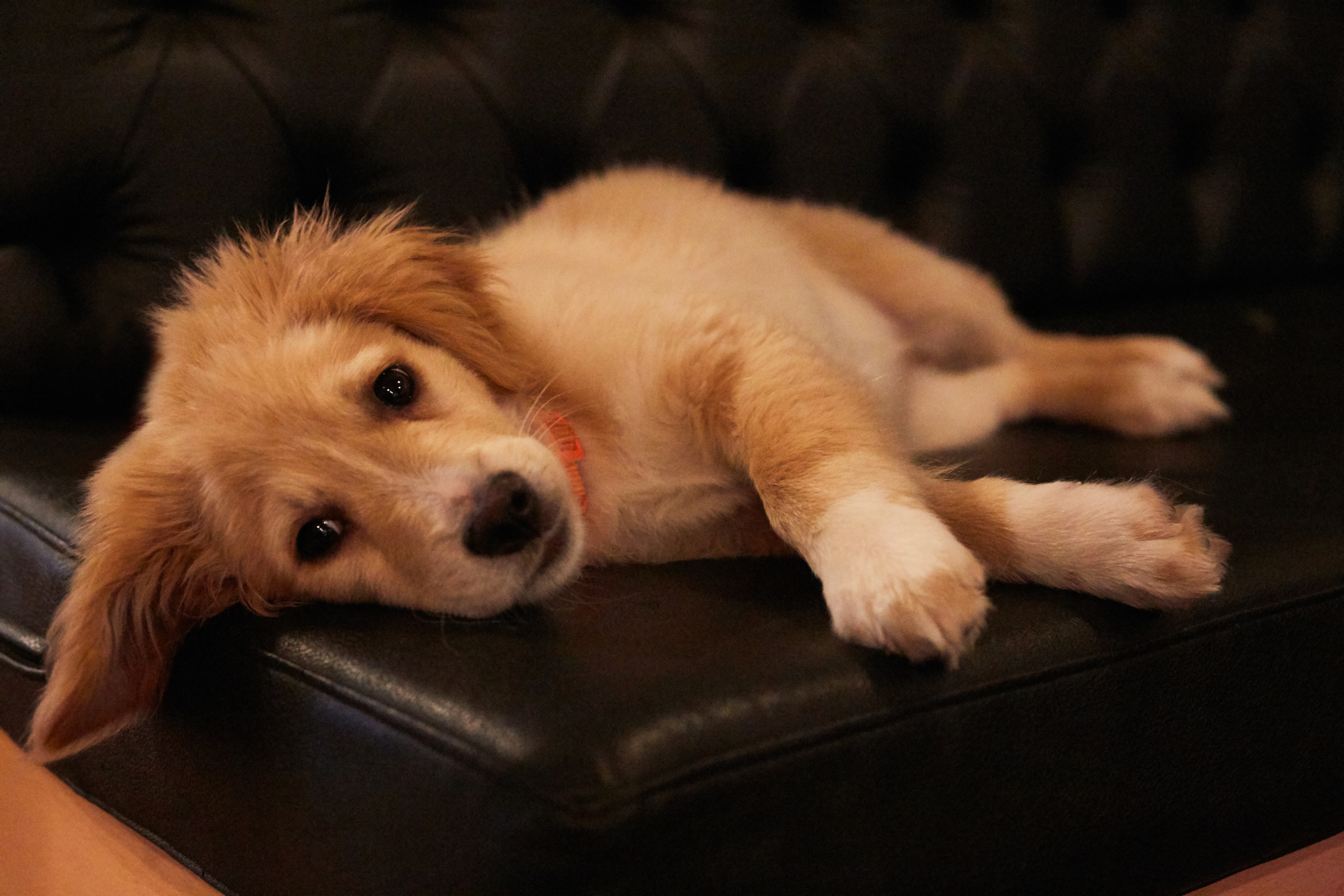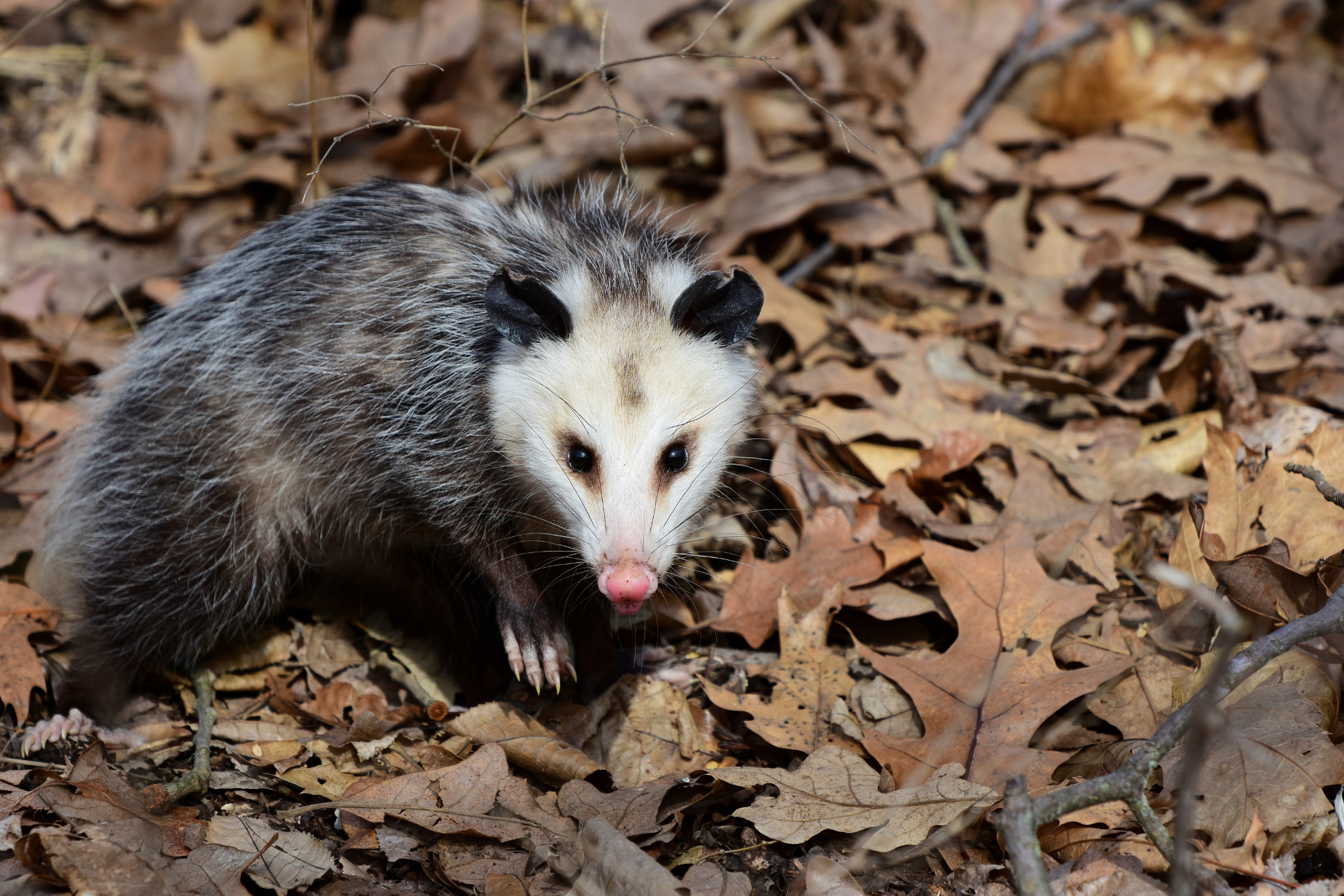How Clutter Attracts Rodents Indoors
Decluttering Tips To Reduce Rodent Activity
It’s easy to think of clutter as just an eyesore or something that makes cleaning harder, but to rodents, it’s a different story. What looks like a messy stack of paper or a forgotten pile of old clothes can actually look like the perfect real estate opportunity. Mice and rats don’t see junk the way humans do, they see it as warmth, protection, and building material. Once they find a spot that feels secure and hidden, it doesn’t take long before they start turning it into a cozy nesting site.
Inside a home or business, clutter provides exactly what these critters are searching for: shelter close to food and water. When papers pile up or boxes sit untouched for months, it creates tiny tunnels and pockets of space that rodents can squeeze into. These areas often go undisturbed, meaning they can set up a nest and multiply without being noticed. They chew through cardboard, shred fabric, and drag bits of paper into a single spot to line their nests. Over time, those small signs of activity can turn into a full infestation, especially in places like basements, attics, garages, or storage rooms.
Clutter doesn’t just give them a place to hide, it also hides the signs that they’re there. Gnaw marks, droppings, or small entry holes might stay concealed for weeks because the surrounding mess makes it difficult to spot early warning signs. By the time someone realizes what’s happening, rodents might already have a well-established colony tucked away behind the clutter.
Why Paper And Fabric Are Like Magnets
Few things attract rodents like a stash of paper or fabric. To them, it’s as if you’ve left a stockpile of building materials just waiting to be used. Old newspapers, magazines, or junk mail are soft enough to shred into bedding. Fabric offers warmth and texture that helps them maintain body heat, especially in colder months. The scent of stored clothing or towels can also draw them in, as the fibers absorb moisture and odors that mimic the comfort of natural nesting spots outdoors.
What’s worse is that these materials absorb scents that rodents leave behind. Once a mouse or rat marks an area, others will be drawn to it, reinforcing the idea that it’s a good place to settle. If the paper or fabric piles stay in one place for too long, they become more than just clutter. They turn into an entire ecosystem of hidden pests, droppings, and nesting debris.
The problem often gets overlooked because paper and fabric clutter tends to collect in spots that aren’t used daily. A box of old files under a desk or a pile of clothes in the corner of a spare room doesn’t seem like much of a problem. But to rodents, these areas are secluded, quiet, and ideal for raising their young. The longer those piles stay untouched, the higher the risk that something has moved in beneath them.
Storage Boxes And Hidden Havens
Plastic or cardboard storage boxes can be both helpful and harmful depending on how they’re used. Cardboard boxes, in particular, are a favorite for rodents. They’re soft enough to chew through, absorbent enough to retain warmth, and easy to burrow into. A single small opening is all a mouse needs to crawl inside and start nesting. Once they’re in, they’ll shred the cardboard walls and the contents inside to build a cozy home.
Even sturdy plastic bins can cause trouble if they’re overpacked and stacked in a way that creates narrow gaps between them. Those dark, tight spaces provide rodents with protected pathways. They move between the boxes unseen, leaving droppings and chew marks along the way. If the boxes are filled with paper, cloth, or sentimental items that aren’t touched for long periods, it becomes nearly impossible to detect the problem until the smell or sound gives it away.
Another overlooked factor is temperature. Storage areas like basements, attics, or garages often have uneven temperatures that make them perfect for rodents seeking refuge from the cold or extreme heat. When clutter builds up in those spots, it traps warmth, creating microenvironments that stay comfortable year-round. It’s an ideal setup for rodents to breed in peace while staying hidden from view.
The Domino Effect Of Clutter
Clutter doesn’t just give rodents shelter. It creates a chain reaction that makes the problem harder to fix. The more cluttered a space becomes, the less likely it is to be cleaned thoroughly. Dust, crumbs, and spills settle in unnoticed, and those things act as additional food sources for pests. Mice can survive on surprisingly little, and even a few crumbs hidden under boxes can sustain them for weeks.
When clutter covers vents, corners, or storage floors, it also limits air circulation. That still air traps odors, attracting rodents further and masking their presence from people. They follow the scent trails of food, moisture, and nesting materials until they find the most protected nook to claim. Once they’re comfortable, they start gnawing on nearby wires, insulation, or furniture, causing damage that often extends beyond what’s visible.
This cycle can continue for months without obvious signs. The clutter hides both the pests and the evidence, which means that by the time droppings or scratching sounds are noticed, there’s likely more activity than it first appears. Cleaning out cluttered areas regularly is one of the most overlooked ways to prevent rodents from settling in. By breaking up their hiding spots and removing easy nesting materials, it disrupts the comfort they rely on to stay.
Clutter isn’t just a household inconvenience, it’s an open invitation for rodents to move in, nest, and multiply. Piles of paper, unused fabrics, and storage boxes can quietly turn into prime nesting spots before anyone realizes it. Every hidden corner or neglected pile provides the shelter and warmth they crave.
At Veteran’s Pride Wildlife Control, we understand how quickly small issues can become major infestations when clutter is involved. If you’ve started hearing scratching sounds, noticing chew marks, or suspect that rodents may be taking advantage of your storage areas, now’s the time to act. Our team specializes in identifying where they’re hiding, removing them safely, and helping prevent future intrusions.
Contact us today at Veteran’s Pride Wildlife Control to reclaim your space before unwanted critters make it their own.


